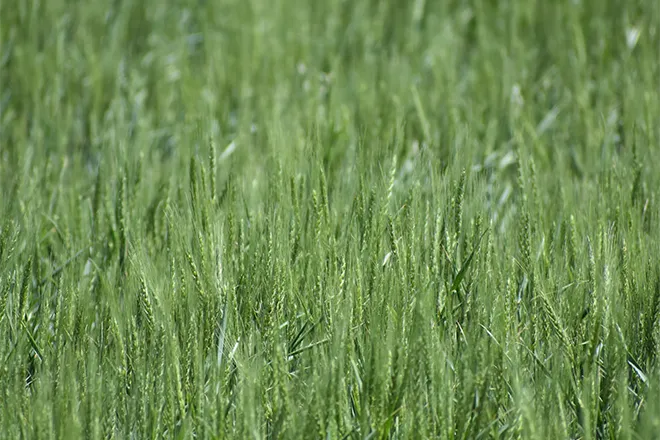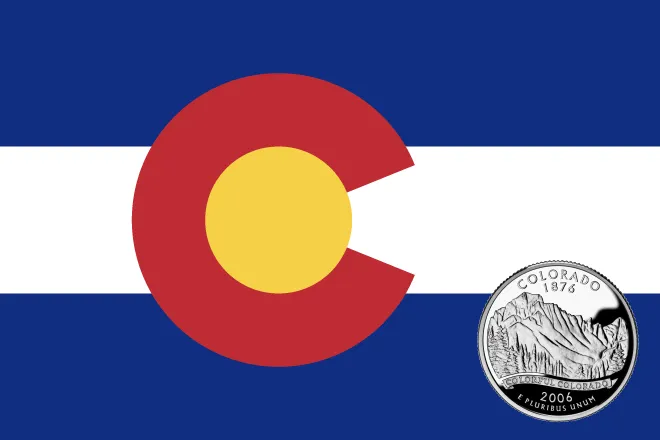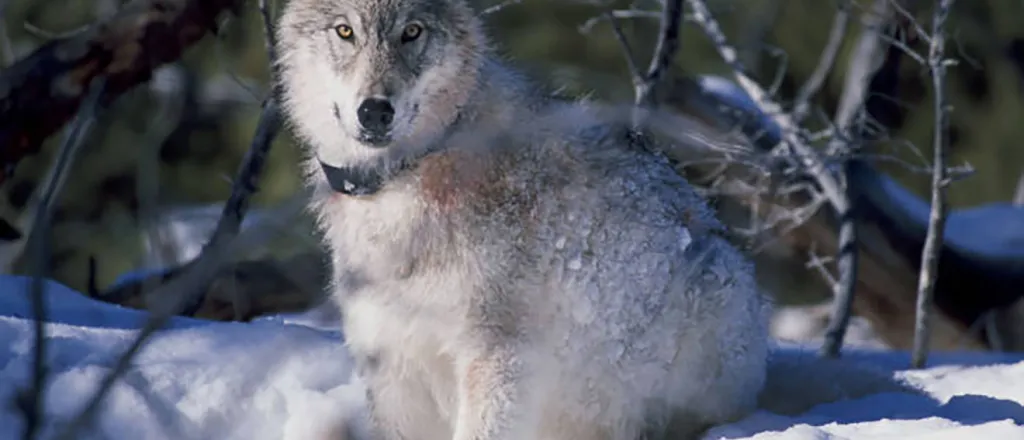
Colorado Parks and Wildlife successfully completes gray wolf capture work in Oregon
Colorado Parks and Wildlife (CPW) experts completed capture work in Oregon Friday, finishing their work in the state. As a result of the CPW team’s work in Oregon, the agency released a total of 10 gray wolves onto state-owned public land in Summit and Grand counties, continuing the agency’s efforts to create a permanent, self-sustaining gray wolf population in Colorado. This total completes the agreement with Oregon for the December 2023 - March 2024 capture season to provide up to 10 wolves to Colorado. No further releases are planned this calendar year.
|
|||||||||||||||||||||||||||||||||||||||||||||||||||||||||||||||||||
|
All wolves captured, collared, and released in Colorado will use the same naming convention: The first two numbers (23) will indicate the year the animal was captured. The second set of numbers informs biologists of the wolf’s gender (males will have odd numbers, females will have even) and the order in which it was collared. The “OR” suffix indicates the wolves came from Oregon.
Colorado Parks and Wildlife biologists were careful to select yearling and adult wolves that are mature enough to hunt prey on their own. Wolves are typically born in April of each year, and a wolf that was born in April of 2022 would be almost 20 months old now. That animal is called a yearling. That animal is capable of hunting on its own. Yearlings were candidates for translocation and the majority of the animals CPW translocated were yearlings (previously termed “juvenile”).
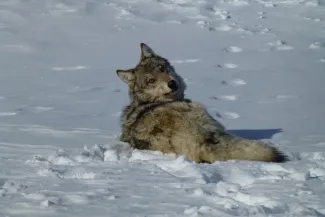
USFWS - public domain
A press release was shared documenting the first five animals reintroduced in the state. The remaining release events were not widely shared to help protect the safety and security of the wolves, CPW staff, and the locations of endangered species. These remaining releases occurred on state-owned lands in Grand and Summit counties.
Gray wolves are listed both state and federally as an endangered species in Colorado by the U.S. Fish and Wildlife Service (USFWS). The U.S. Fish and Wildlife Service has designated the Colorado wolf population as Experimental under Section 10(j) of the Endangered Species Act. This provides management flexibility that would otherwise be prohibited. While providing more flexibility, the 10(j) designation only allows CPW to assist landowners with specific, regulated manners of hazing or defense. The only option for lethal control by a landowner or member of the public is if they encounter a wolf in the act of depredating livestock, or in an act of self-defense or defense of human life. If lethal control is used during a depredation event, a permit must be issued, and an investigation by CPW would determine whether there is proof of either of these instances occurring at the time of take. Without a permit, killing a gray wolf remains punishable by fines up to $100,000, jail time, and loss of hunting privileges.
The new wolves will be managed by CPW using the Colorado Wolf Restoration and Management Plan, approved by the CPW Commission in May 2023, after more than two years of extensive statewide stakeholder meetings and outreach via a series of public hearings.
CPW will continue working to source additional animals until up to 15 wolves have been reintroduced in Colorado by mid-March 2024.
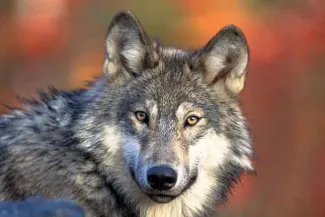
Gray Wolf. Courtesy U.S. Fish and Wildlife Service.
Ultimately, CPW plans to recover and maintain a viable, self-sustaining wolf population in Colorado while balancing the need to manage interactions between wolves, people and livestock.
“We are grateful to the Oregon Department of Fish and Wildlife for working with our agency in providing these 10 wolves,” said CPW Director Jeff Davis. “We have now completed our work in Oregon by capturing those gray wolves per our agreement with ODFW. We will continue our plan to release animals for the next few seasons in order to ensure that wolves don’t just survive but thrive in Colorado as they did a century ago.”
Resources for the agricultural community
Colorado Parks and Wildlife staff will conserve and manage wolves in concert with the rest of our state’s native wildlife. That will involve active management to address conflicts between wolves, people, livestock, and other wildlife species.
When wolf-livestock depredations occur, CPW will work closely with ranchers and the U.S. Fish and Wildlife Service to recommend approved hazing methods. Some methods include, but are not limited to: carcass management, physical barriers (i.e., fencing and electrified fencing), guard animals, auditory and visual scare tactics (i.e., fladry, lights, sirens), and increased human presence/vigilance.
CPW and the Colorado Department of Agriculture (CDA) signed a Memorandum of Understanding (MOU) in November 2023 outlining how the agencies will collaborate to manage the reintroduction of gray wolves and work to prevent wildlife and livestock conflicts. The MOU will help the agencies to coordinate in support of Colorado's livestock and landowner communities in advancing non-lethal predator management and help prevent wildlife and livestock conflict.
CPW personnel have received wolf-livestock depredation field identification/investigation training from Wyoming Game and Fish. CPW personnel are also skilled in identifying/investigating livestock depredations caused by other depredating species.
Wolf Resource Guide
A Wolf Resource Guide has been developed that is available online and in printed format to be distributed to ranchers in Colorado who are experiencing wolf depredations.



